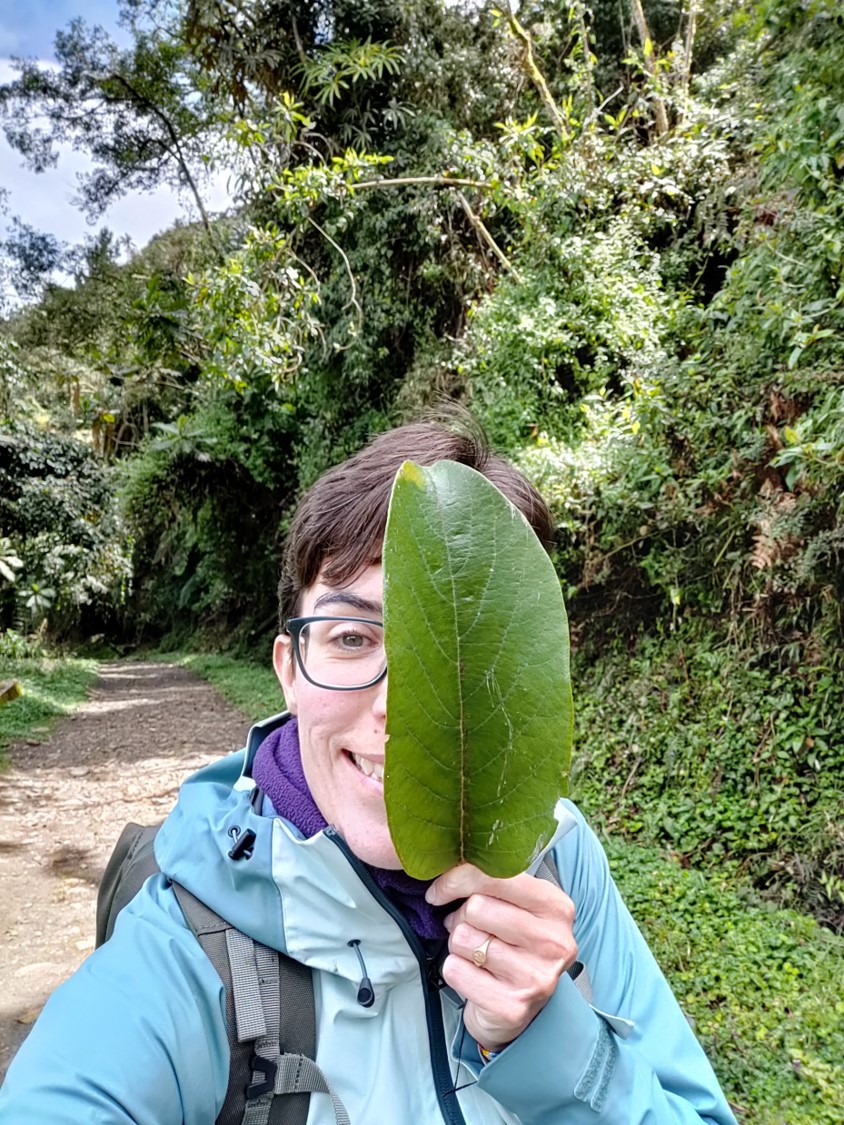Evaluating the utility of combining high resolution thermal, multispectral and 3D imagery from unmanned aerial vehicles to monitor water stress in vineyards
Published in Precision Agriculture, 2024
High resolution imagery from unmanned aerial vehicles (UAVs) has been established as an important source of information to perform precise irrigation practices, notably relevant for high value crops often present in semi-arid regions such as vineyards. Many studies have shown the utility of thermal infrared (TIR) sensors to estimate canopy temperature to inform on vine physiological status, while visible-near infrared (VNIR) imagery and 3D point clouds derived from red–green–blue (RGB) photogrammetry have also shown great promise to better monitor within-field canopy traits to support agronomic practices. Indeed, grapevines react to water stress through a series of physiological and growth responses, which may occur at different spatio-temporal scales. As such, this study aimed to evaluate the application of TIR, VNIR and RGB sensors onboard UAVs to track vine water stress over various phenological periods in an experimental vineyard imposed with three different irrigation regimes.
